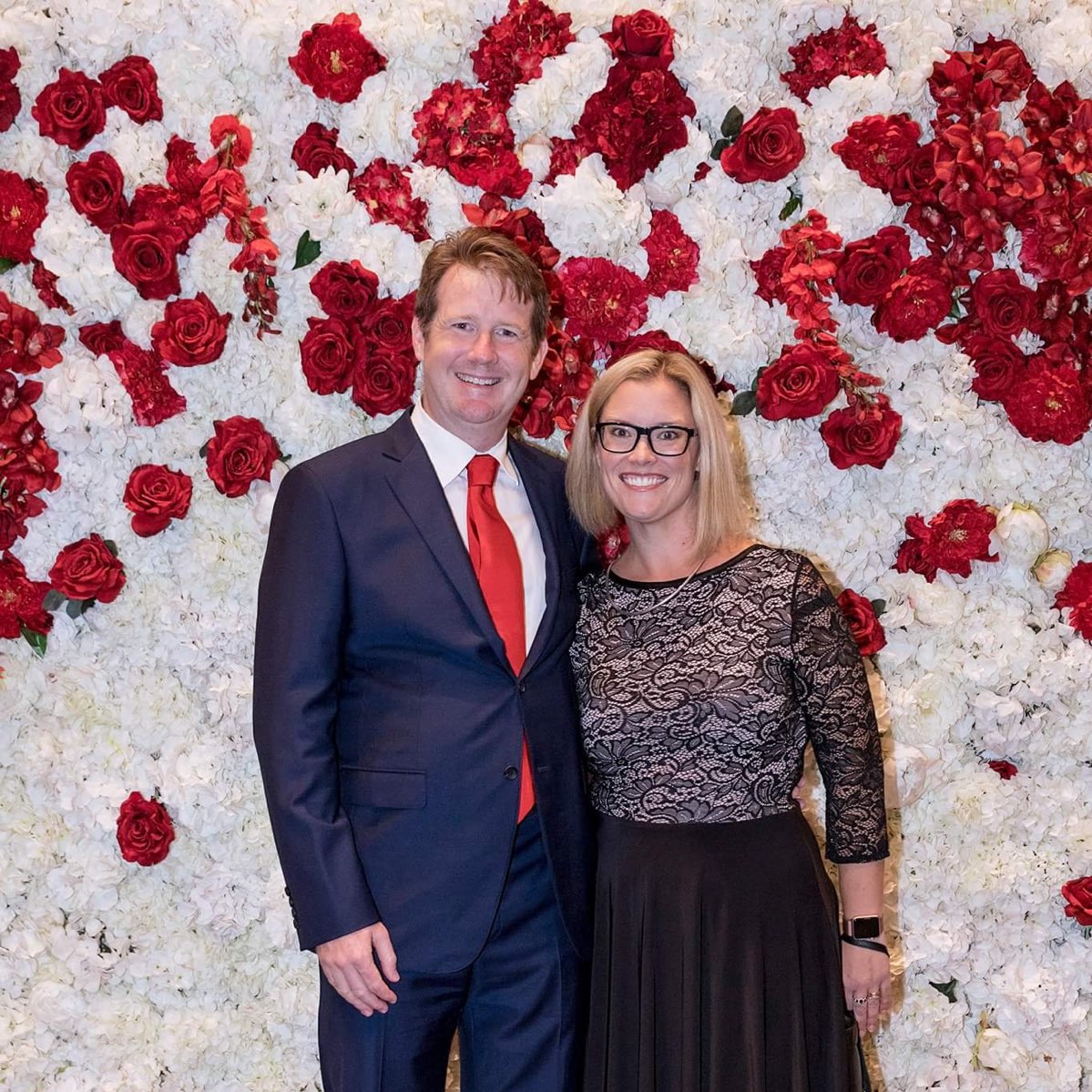26 degrees, no wind, and kookaburras laughing. Environmental perfection.
26 degrees, no wind, and kookaburras laughing. Environmental perfection.
I’ve just disabled micro.blog cross-posting to Facebook. I don’t even want them getting my second-hand content.
I’ve created mail rules that filter bulk and computer-sent email into a “Machine Mail” folder. My inbox is seeing a lot less action now, which is for the better.
A few months ago I stopped using Facebook. I deactivated my account, deleted the Facebook apps from my iOS devices, and went cold-turkey. I have subsequently had to reactivate my account because of the need to engage with some groups that exist only on Facebook, but I continue to ignore my timeline.
It has been a great change for the better. Facebook adds a huge weight of nothing. It’s empty calories. It uses up time that could be better spent elsewhere. I haven’t missed any news; I don’t feel less engaged with the world. To the contrary, actually. I feel more engaged. I don’t crave the little dopamine hits of likes and comments. I’m still writing and recording aspects of my life, but now they are feeding content that I own, whether it’s on my own microblog, or in my Day One journal, or (heaven forbid) through one-on-one conversations.
It surprised me just how easily I was able to ‘kick the habit’ of using Facebook. I thought I would miss it. As if to emphasise just how hollow the platform is, I’ve not had any of my myriad followers reach out to check if I’m still alive since my departure! That point highlights the disconnected connectedness Facebook promotes. Sure, you ‘like’ somebody’s post, but do you remember it 30 seconds later? Would you notice if it were not there? The evidence would suggest not, and that spot in the timeline would just be filled by something else.
If I could dump the Facebook platform entirely I would. As it is, I will use it as little as possible, and only as required for specific functional tasks. I am not willing to gift my attention to Facebook, for it to leverage into profit. My hours on this planet are too valuable to give you them for free.
I enjoyed the micro.blog podcast featuring @modernlittleme overcast.fm
13 years married today. Still just as happy as the day we wed.

I like playing music through Apple TV because I can visually choose songs and playlists. For me, this is a key weakness of voice controlled speakers, like HomePod.
I enjoyed my morning gym workout! What am I becoming? I still have Kermit arms though.
Two exercise sessions today - gym and then basketball. Tomorrow morning I’m at the gym again - but it’s at 6:30am. Yikes!
I really like being a Fastmail customer, but it’s frustrating to miss out on third party service integrations that are available for Office 365 and GSuite.
I fell asleep on the couch earlier tonight. Now I can’t fall asleep in bed. I got the process wrong.
5:40pm, it’s 32 degrees, chicken kebabs on the barbie and a beer in hand. Things could be worse. 🇦🇺
It feels good to be back on the fitness train with a combination of strength, cardio and basketball workouts. Nice to give my endorphins something to do once again. With thanks to Kate at The Endurance Movement and Adam at Full Court Fitness. 40 is the new 30!

My new Steelcase Gesture chair has arrived. Oh my, luxury seating. 💺
The one time I forget to save while playing XCOM, is exactly the time the game chooses to crash. Bah!
Working at the local library today. Really trying to lock down into some deep work, but it’s a struggle at the moment.
Micro.blog has enabled me to find (and follow and subscribe) to so many great, new (to me) voices.
Two charity organisation door knockers in one day. I have a policy of never signing up to unsolicited offers. At least the second lot were nice people.
I’m in the midst of an RSS service showdown: Feedly v Inoreader. Leaning towards Inoreader despite being able to access Feedly for free on a grandfathered plan.
Book Review: The Organised Mind, Levitan, Daniel J. 📚 Is it a summation of basic physiological facts, repetition of productivity methods from elsewhere, or anecdotes that don’t seem authentic? Up to Chapter 6, it’s all of those. Beyond that, I don’t know, as I stopped reading.